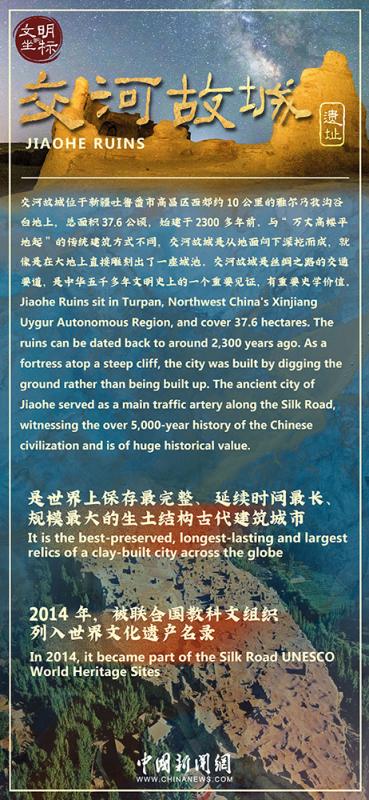
Jiaohe Ruins sit in Turpan, Northwest China's Xinjiang Uygur autonomous region, and cover 37.6 hectares. Dating back to around 2,300 years ago, Jiaohe Ruins is the best-preserved, longest-lasting and largest relics of a clay-built city across the globe. As a fortress atop a steep cliff, the city was built by digging the ground rather than being built up. In 2014, it became part of the Silk Road UNESCO World Heritage Sites.
The ancient city of Jiaohe served as a main traffic artery along the Silk Road, witnessing the over 5,000-year history of the Chinese civilization and is of huge historical value.
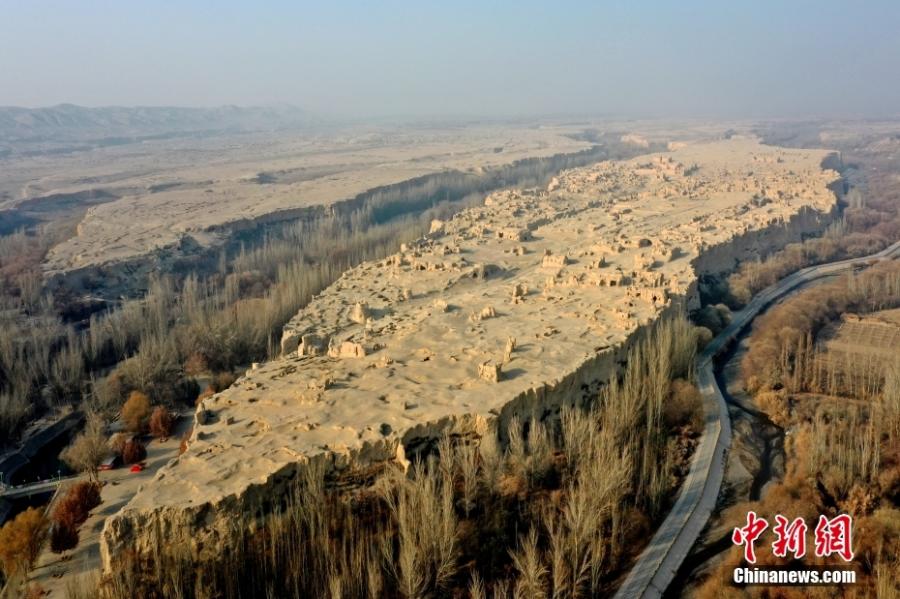
The Jiaohe Ruins sits high in the middle of the river. Narrow at both ends and wide in the middle, it is like a willow leaf. (Photo: China News Service/Cai Zengle)
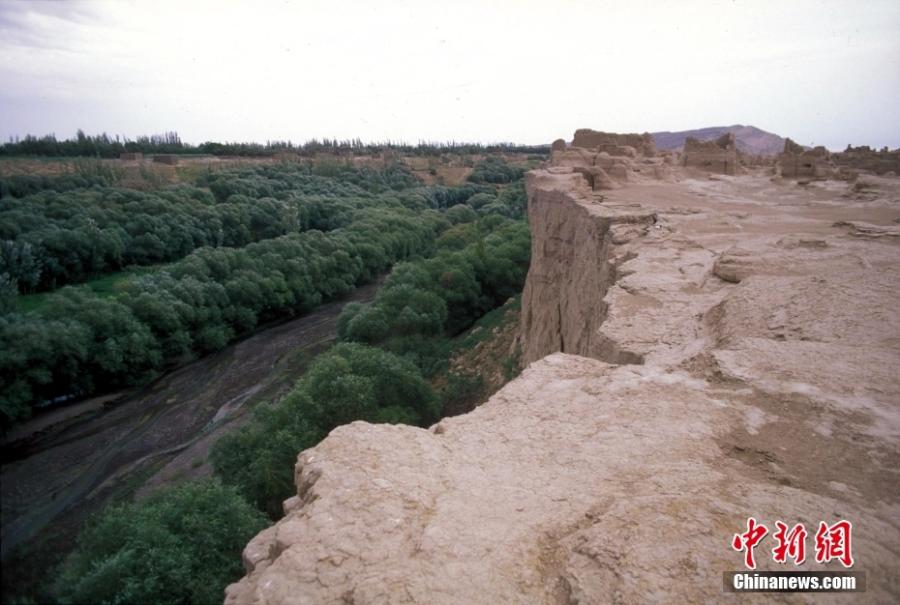
3.Here the river splits in two, runs around the city, and then merges again. The picture shows the ancient river channel of the Jiaohe Ruins. (Photo: China News Service/Yan Xiangqun)
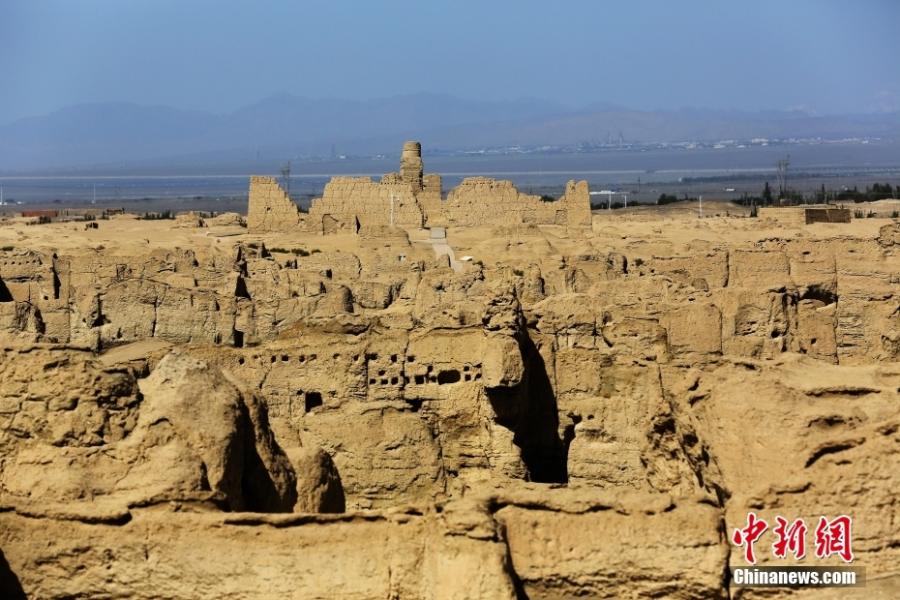
Jiaohe Ruins is the best-preserved, longest-lasting and largest relics of a clay-built city across the globe. It’s about 1650 meters long, about 300 meters wide, readily equipped with markets and streets, official bureaus, temples, houses. (Photo from VCG)
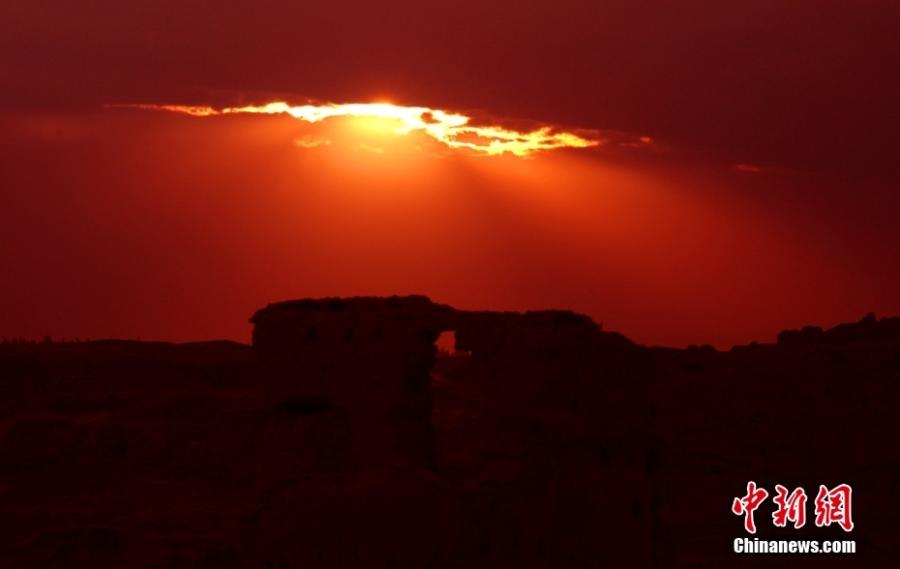
The whole city is like a magnificent sculpture standing on the ground. The picture shows the sunset over the Ruins. (Photo: China News Service/Liu Jian)
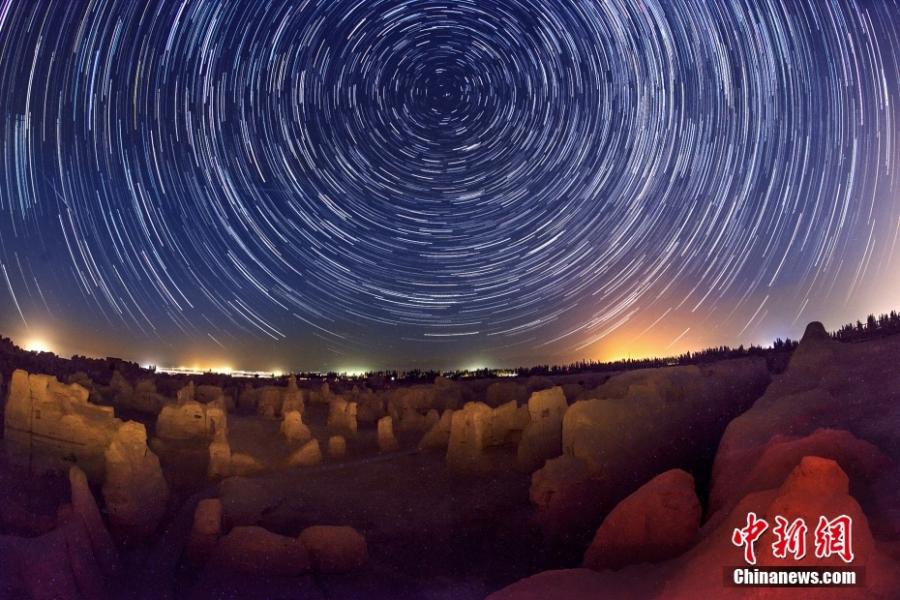
Built in the 2nd century BC, the Jiaohe Ruins was first the capital of Cheshi, one of the 36 states in the Western Regions in the late Warring States Period.
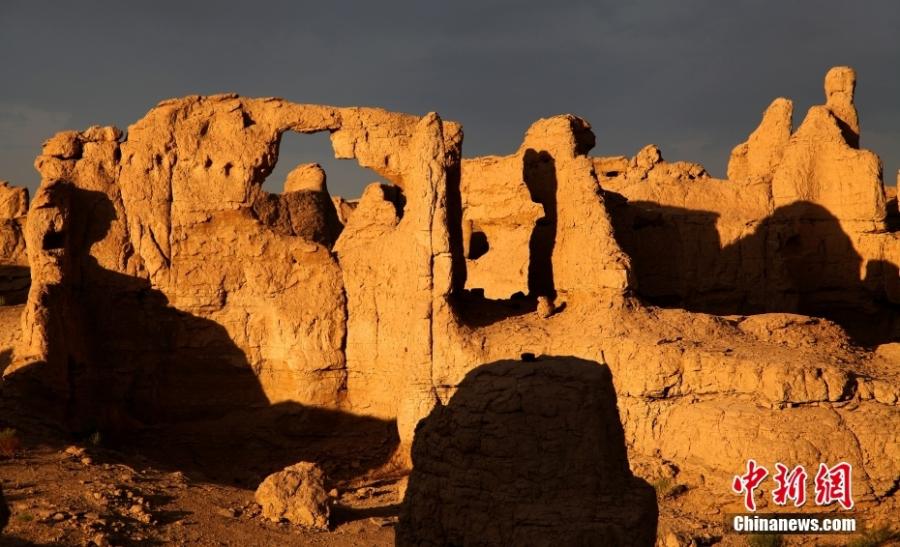
Since the Han Dynasty(202 BC ? 9 AD, 25?220 AD), due to its unique l location, the Jiaohe ciry has become an important central town in the Turpan Basin at the southern foot of the Eastern Tianshan Mountains of the Silk Road. (Photo from VCG)
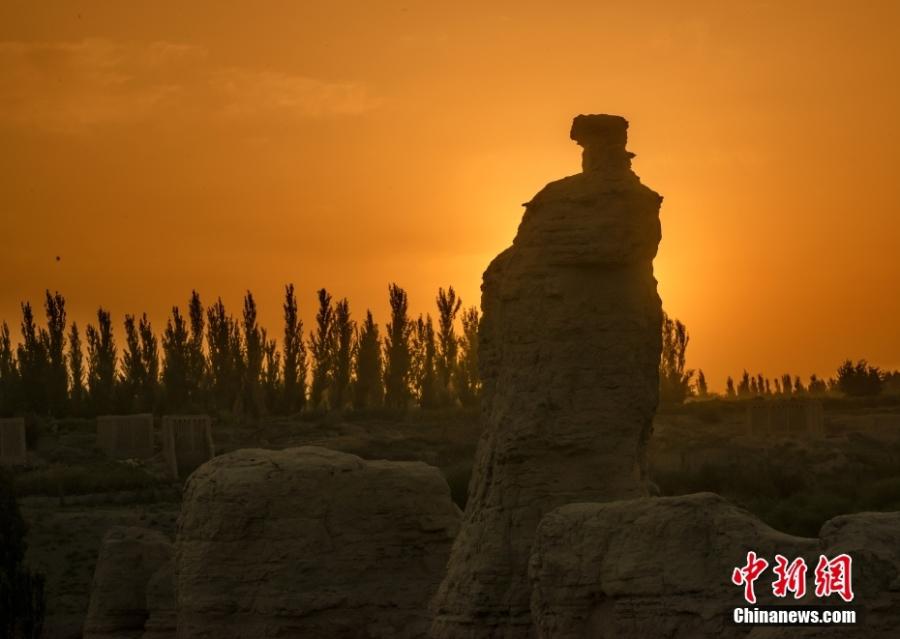
During the Tang Dynasty(618-907 CE), the Protectorate General to Pacify the West, Anxi Grand Protectorate was initially located in Jiaohe. Image source: (Photo from VCG)
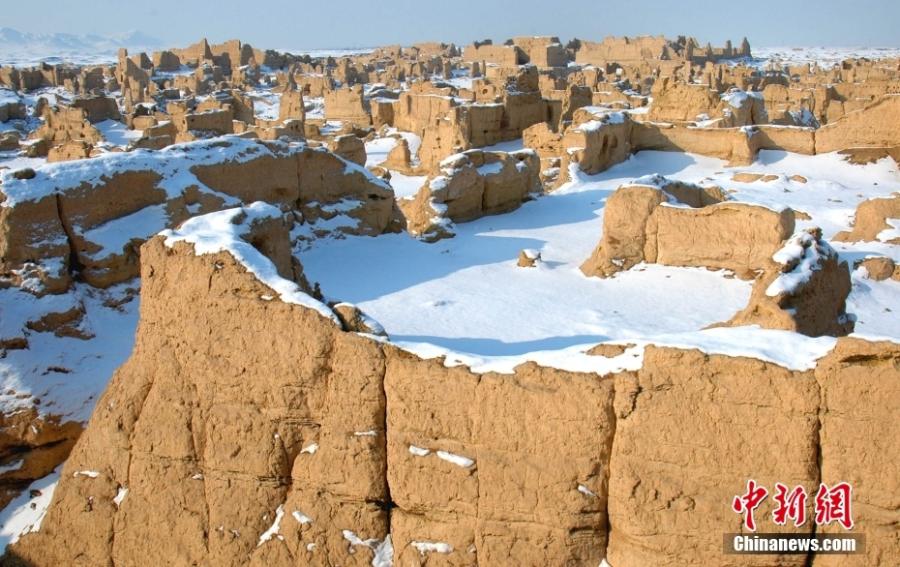
The Jiaohe ciry has become an important central town on the Silk Road and a transit point for goods and cultural exchanges between the East and the West. (Photo from VCG)
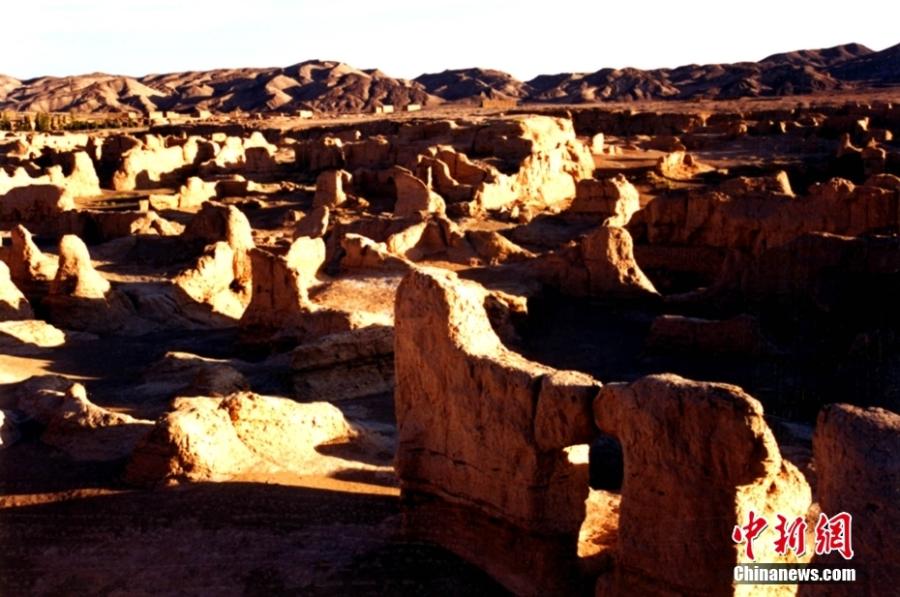
After more than 2,000 years, the Jiaohe Ruins today still retains the pattern of its previous look, and it’s called "the most perfect ruins in the world". (Photo from VCG)
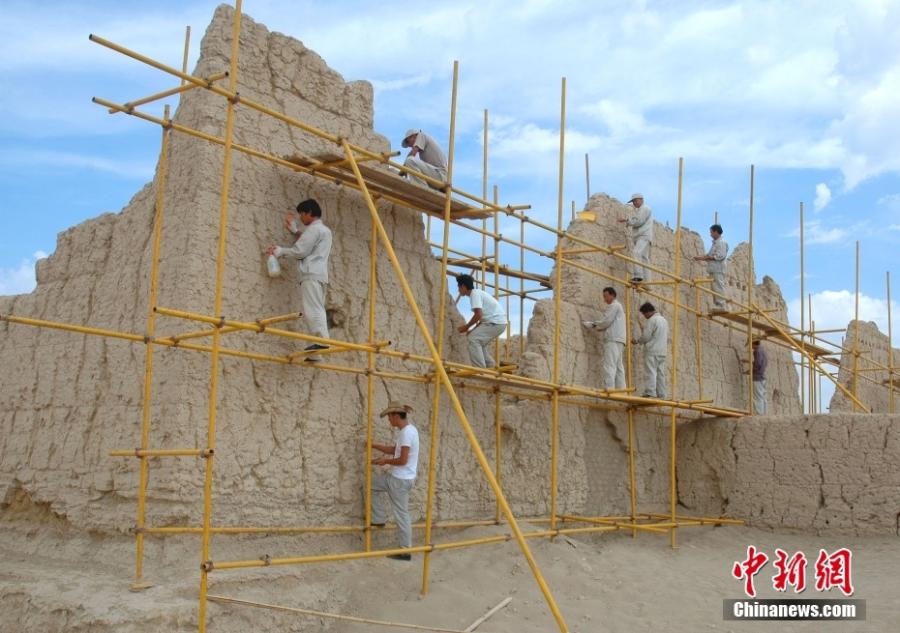
Under the World Heritage Convention, a historic site can be applied for items of world heritage for only once. In the 1990s, Jiaohe Ruins tried once, but due to disrepair and poor natural environment, it failed. But it was given another chance.
On Jun 22, 2014, the Jiaohe Ruins became part of the Silk Road UNESCO World Heritage Sites that span China, Kazakhstan and Kyrgyzstan in the 38th meeting of the World Heritage Committee. (Photo: China News Service/Liu Jian)
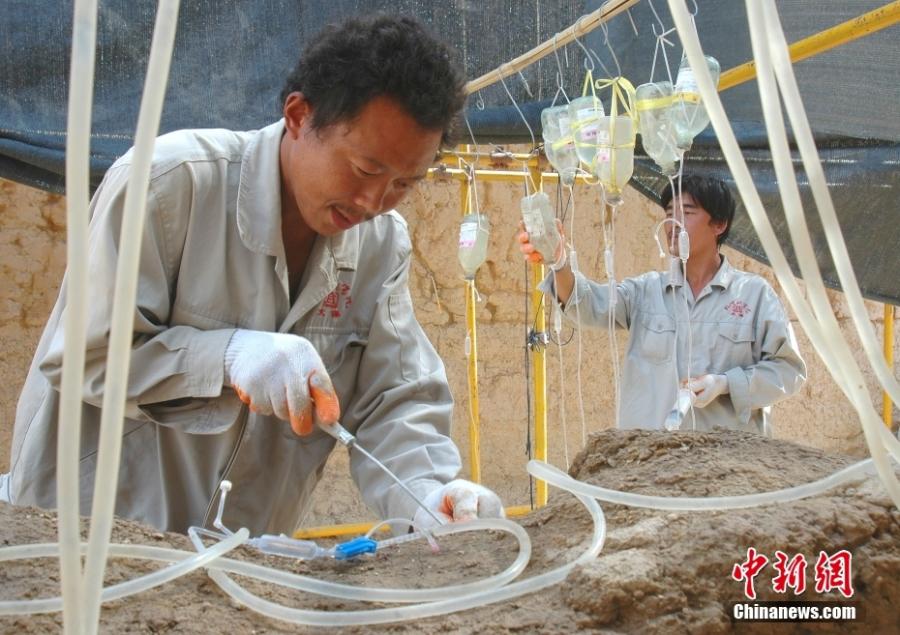
The rescue and reinforcement project of Jiaohe Ruins started in full swing in 2006. (Photo: China News Service/Liu Jian)
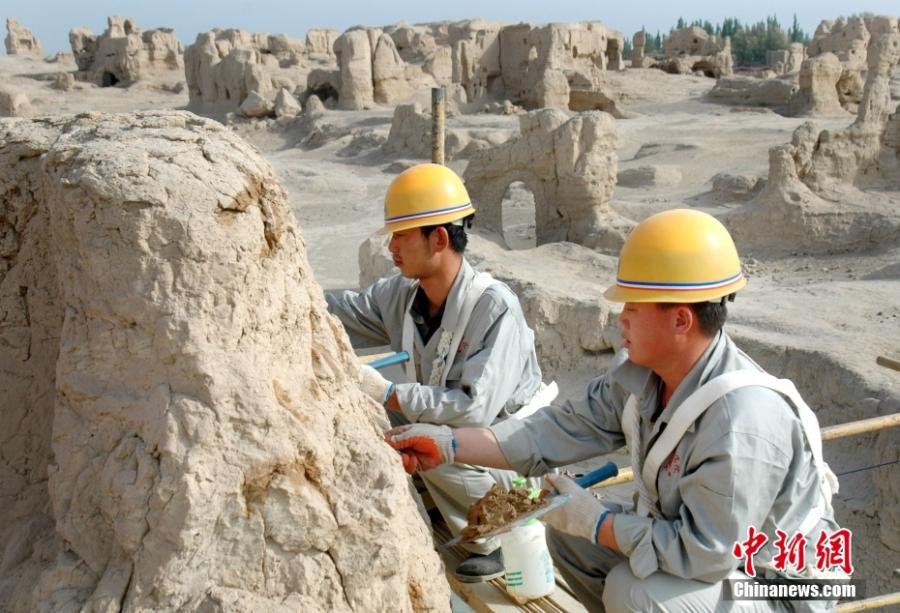
The cultural relics protection technicians of the Dunhuang Academy is doing rescue and reinforcement work on Jiaohe Ruins. (Photo: China News Service/Liu Jian)
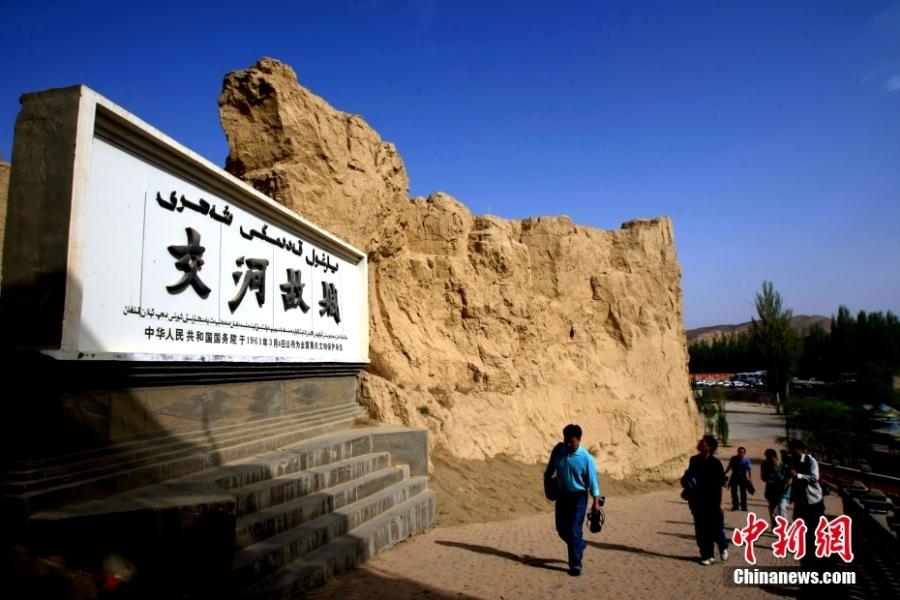
On Jun 22, 2014, the Jiaohe Ruins became part of the Silk Road UNESCO World Heritage Sites that span China, Kazakhstan and Kyrgyzstan in the 38th meeting of the World Heritage Committee. (Photo: China News Service/Liu Xin)
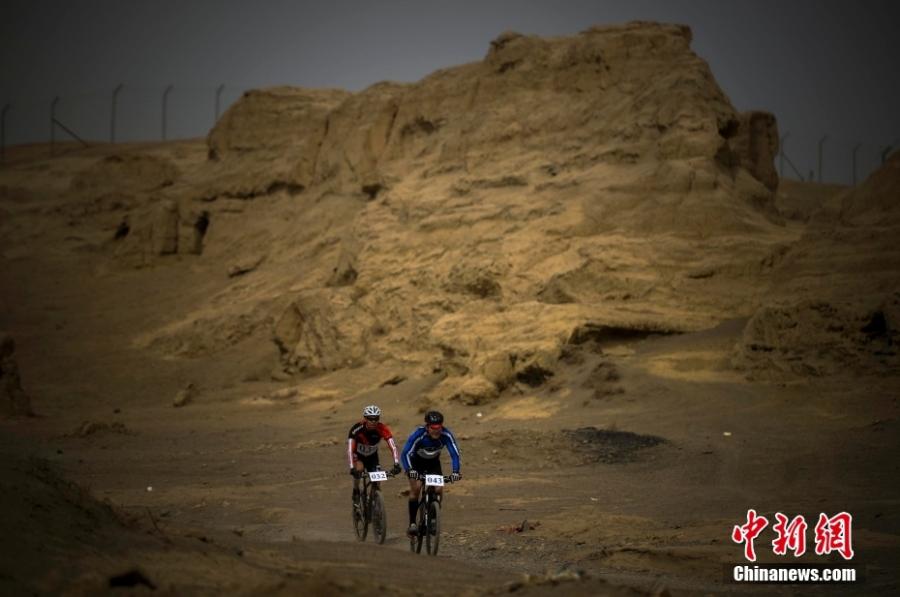
As time goes by, people are now trying to interact with the ruins in new ways. The picture shows the scene of a international cycling tournament held in Turpan, Xinjiang?Uyghur Autonomous Region, and the competitors rode through the JIaohe Ruins. (Photo: China News Service/Liu Xin)







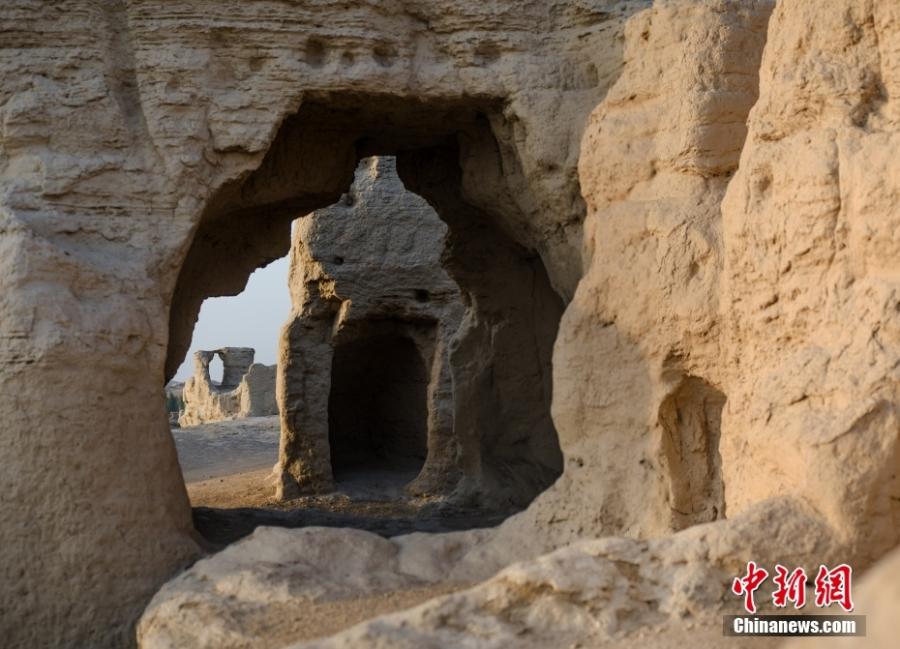
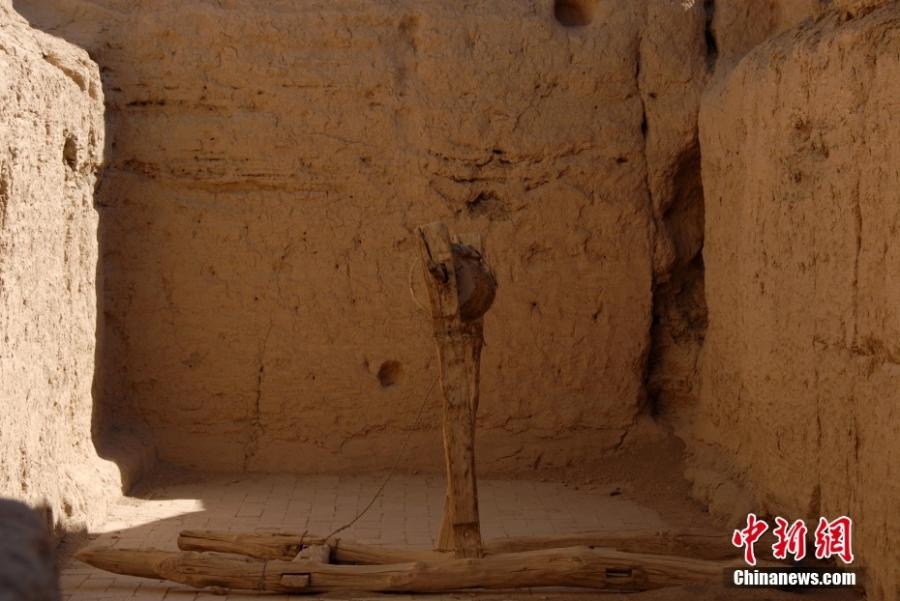
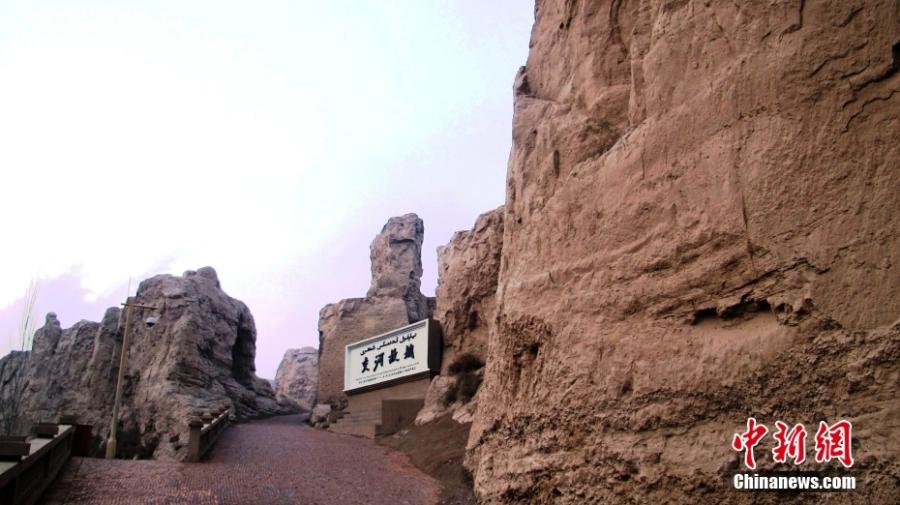
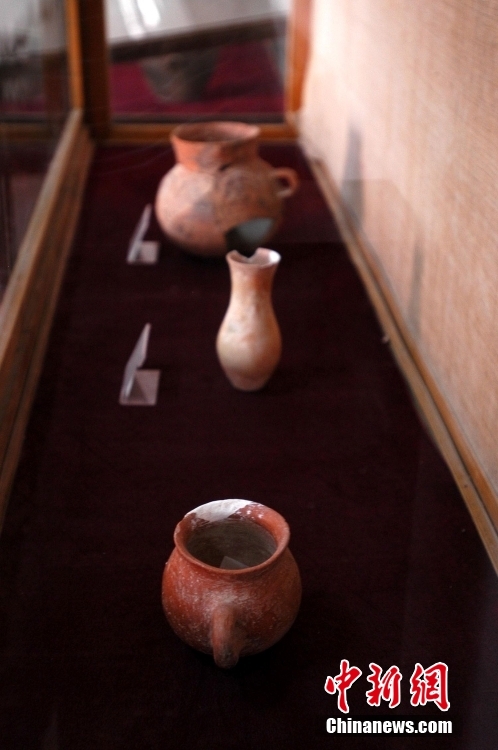
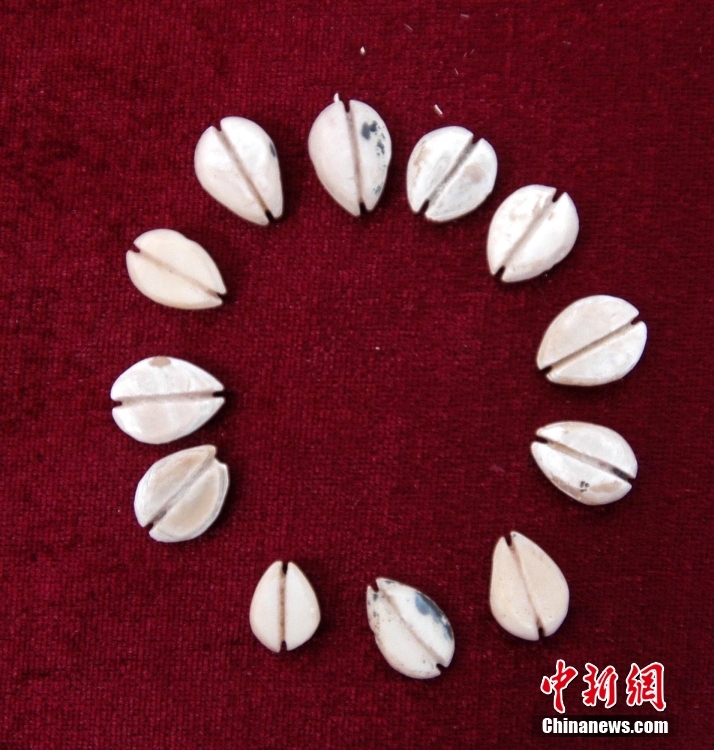
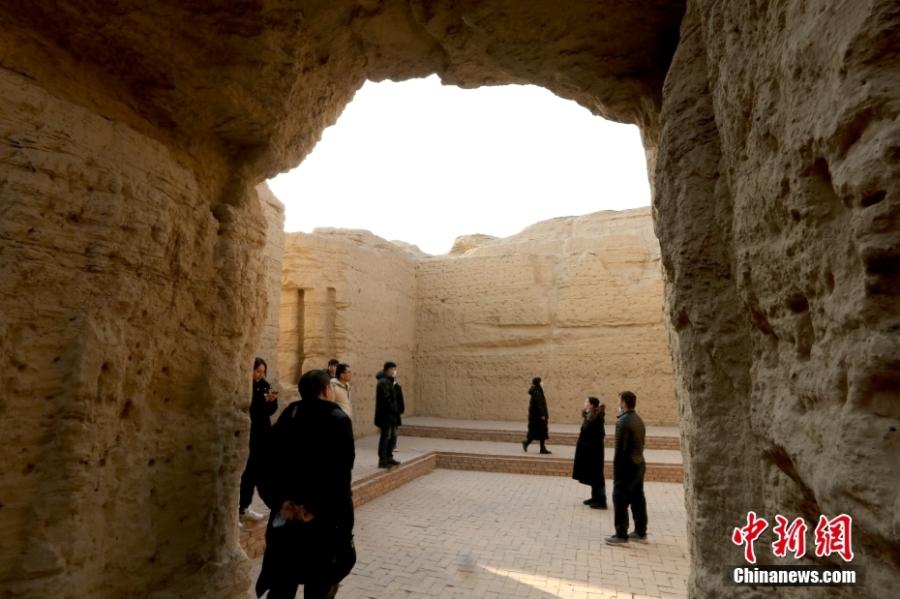
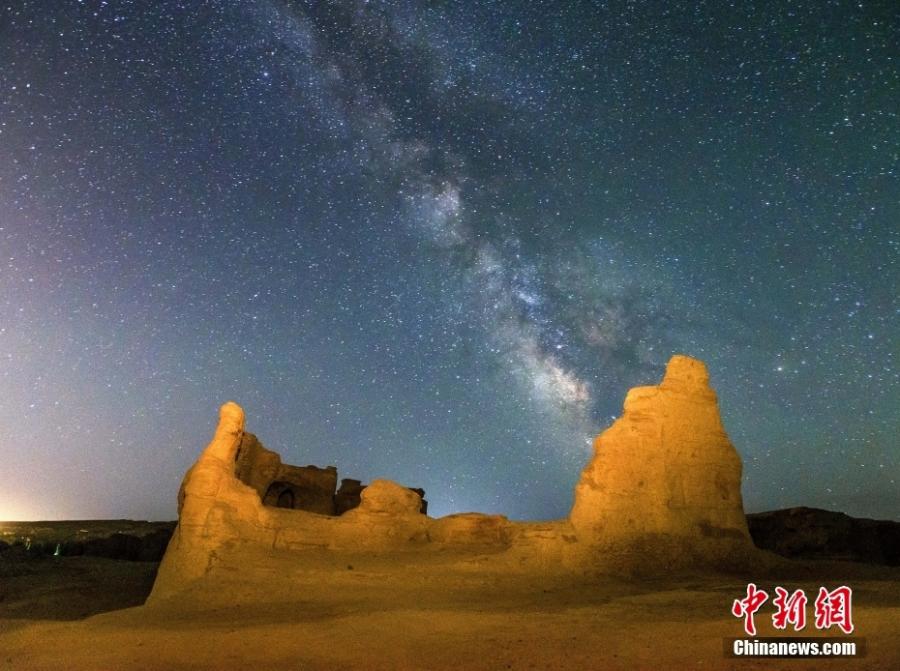


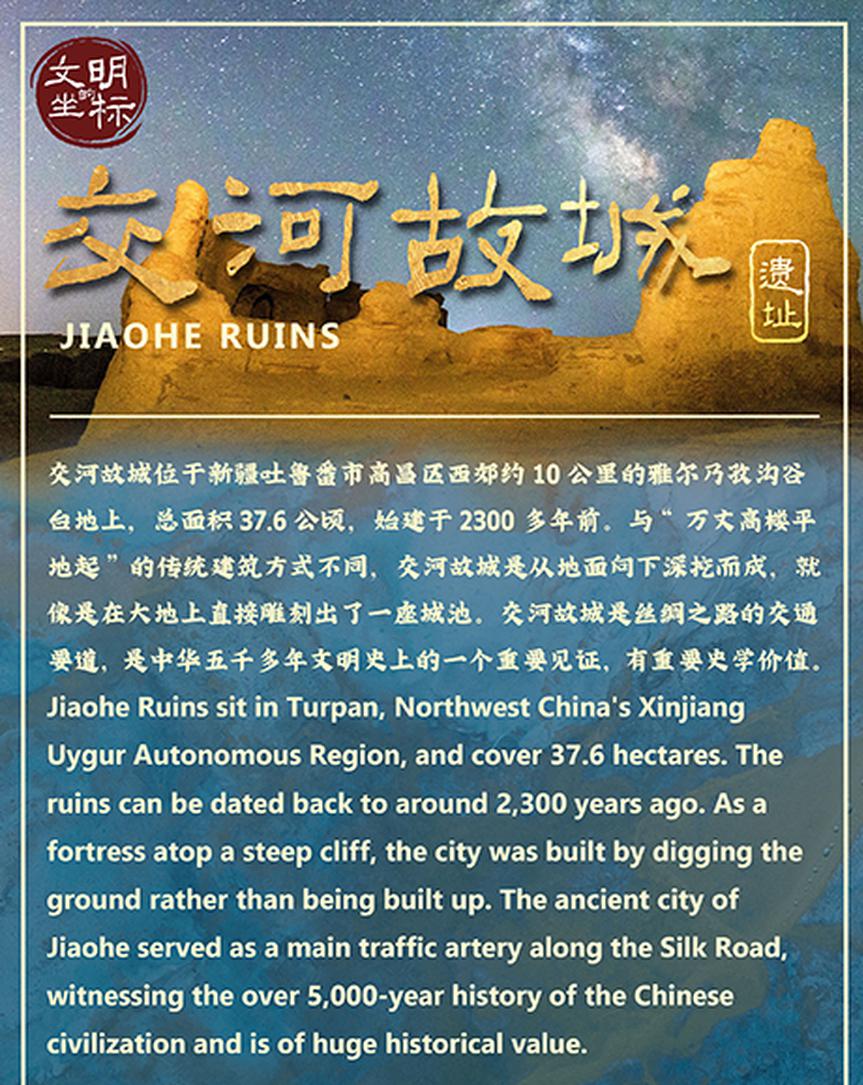


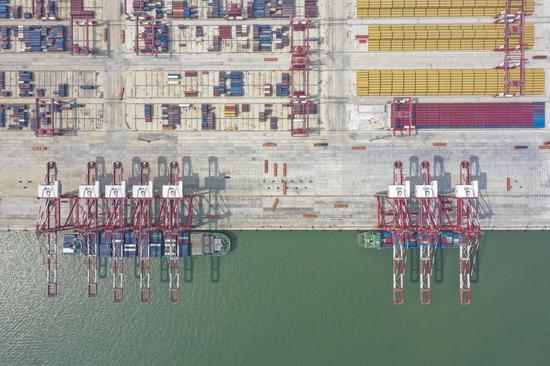






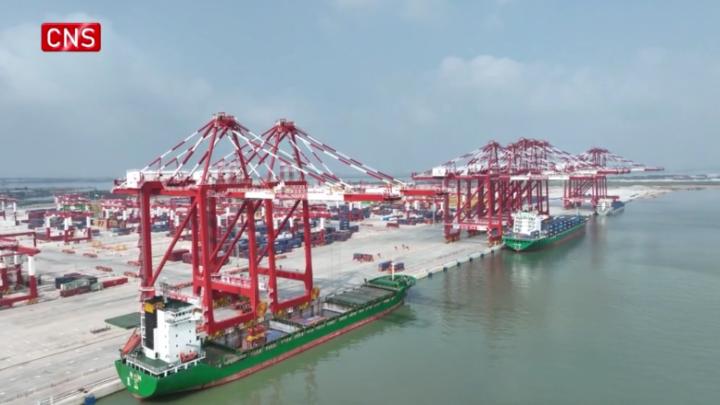

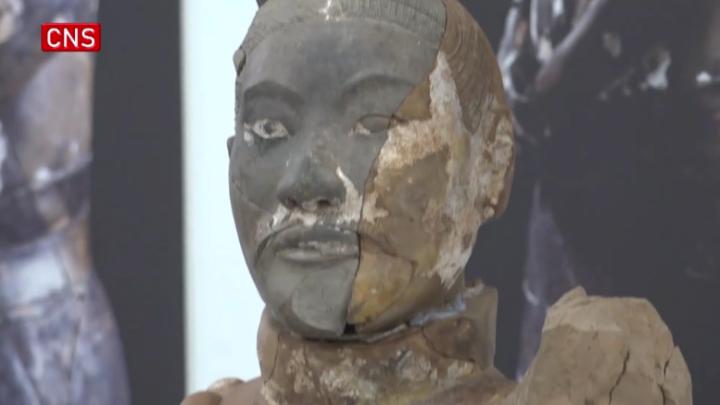

 京公网安备 11010202009201号
京公网安备 11010202009201号